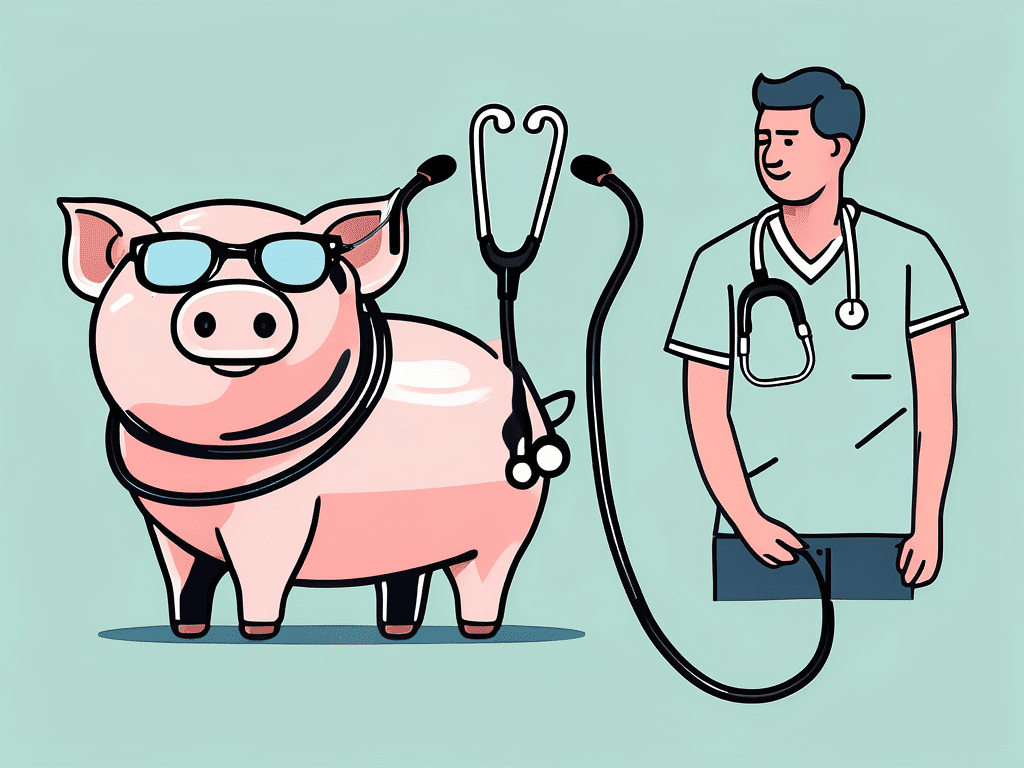With the pandemic reducing income for everyday Australians and many health services being unavailable due to the lockdown, thousands of young people have dropped their private health insurance. Will the industry survive or is reform needed?
- The pandemic has accelerated the number of people dropping their health insurance. In the 3 months to 31 March 2020, nearly 10,000 dropped private hospital cover and nearly 14,000 dropped extras cover
- Young men aged 24 to 29 are more likely to abandon their health insurance than women of the same age
- 1 in 14 men and 1 in 16 women aged 24 to 29 dropped private health insurance during the 12 months to 31 March 2020
The Pandemic is a catalyst for change
The private health insurance industry is not immune to the impact of the COVID-19 pandemic. Most funds lost money in the first three months of the year as financial markets crashed. The pandemic saw the Government put a hold to all “non-urgent” elective surgeries. Some routine services like dental and eye care were cancelled, as clinics prioritised urgent cases or shut down all together. The bad news for health funds is that the tide of financial losses washed away any benefits the industry might have enjoyed from a 2.4% fall in insurance claims due to the cancellation of elective surgeries. The limited services and a reduced income for many, especially those on JobKeeper and JobSeeker, triggered Australians to review their expenses and decide what to cut out. Private health is on the cut list for many young people with a lack of value being a key driver. A history of low payout ratios for extras cover, ambiguous wording and some junk policies has created a mistrust between the insurer and the policyholder. Young people are dropping their cover at an alarming rate. Whether this trend will slow after the COVID-19 pandemic is yet to be seen. If the trend continues, the industry will be in trouble and reform will be urgently needed.
![1 in 13 of men aged 24 to 29 walked away from private health insurance in the last 12 months [1]](https://uploads-ssl.webflow.com/6059749c4b750724747e5cb9/606e65813efdb1d674c4a671_image-asset.jpeg)
Young men drop their cover much more than young women
In March 2020, less than 200,000 men aged between 25 to 29 had hospital cover compared to around 235,000 women. During the 3 months to March 2020, 11,176 people aged between 25 to 29 dropped their hospital cover of which 58% were men. The drop in hospital cover for this age range represents a reduction of 2.6% in the last 3 months, 3.3% for men and 2.0% for women [1].
“1 in 15 people aged 24 to 29 dropped health insurance over the last 12 months”
What is alarming is that the most recent quarterly dropout rate for this age group is 1.7%. This is much higher than the quarterly average dropout rate over the last 12 months suggesting the trend is accelerating, and it’s worse for young men.


1 in 19 men (5.3%) aged 24 to 29 dropped their extras cover and 1 in 14 men (7.3%) dropped their hospital cover during the 12 months to March 2020 [2]. With the rate of young people dropping out, it is to expected that premiums will continue to increase at elevated rates as the average age of those remaining increases. No doubt this could push more young people out of the system completely which will challenge the viability of private health insurance going forward.
In February, before the coronavirus hit Australia, APRA member Geoff Summerhayes warned that if funds carried on with business as usual, hoping for a government hand-out, there would be just three left with a viable business model within two years.
Will there be a backlog of claims?
The APRA statistics showed there was an almost 8% decrease in hospital treatment benefits compared to the last quarter, while total benefits for medical special ties were also down about 8 per cent. Does this mean there will be a backlog going forward? With people still cautious of hospitals and wanting to maintain social distancing, some may just drop out altogether rather than pay for services which cannot be used. Some health funds gave a commitment that any additional funds resulting from COVID-19 related restrictions causing cancellation of some elective surgery and some allied health services would be returned to members. With public trust of insurers at such low levels, will policyholders trust the promises and hold on to their policies? Only time will tell.
[1],[2] APRA Quarterly Statistics – March 2020



